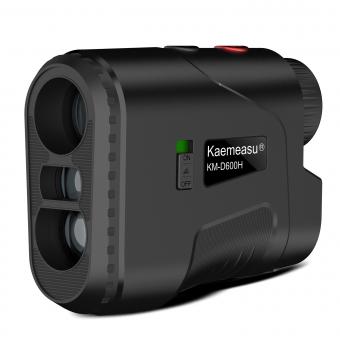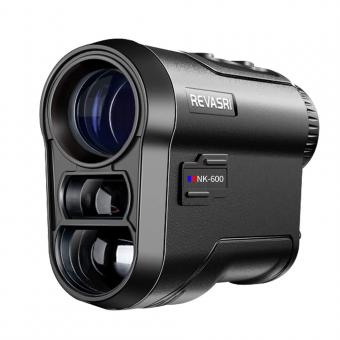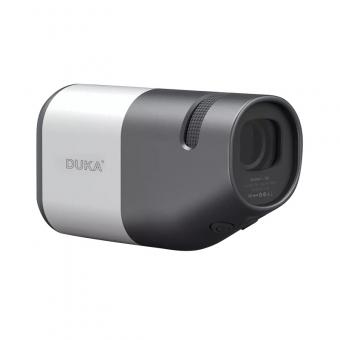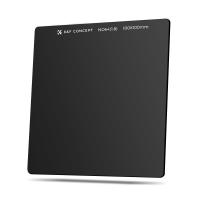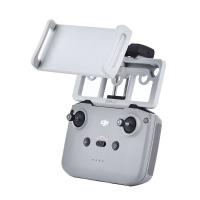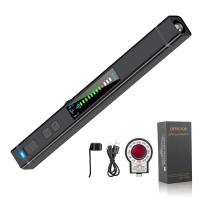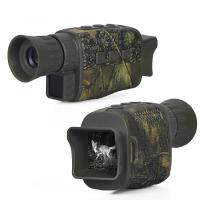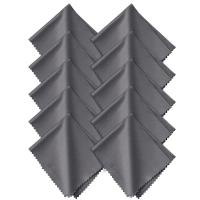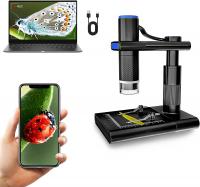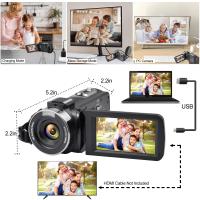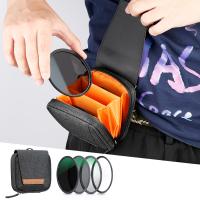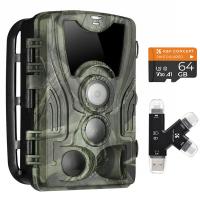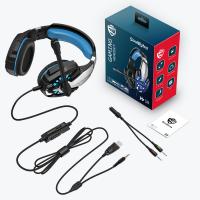How To Use Rangefinder Camera ?
To use a rangefinder camera, start by loading the film or inserting a memory card if it is a digital rangefinder. Set the ISO or film speed according to your preference. Adjust the focus by turning the focusing ring on the lens until the subject appears sharp in the viewfinder. Use the rangefinder mechanism to fine-tune the focus by aligning the two images in the viewfinder. Set the desired aperture and shutter speed for proper exposure. Frame your shot using the viewfinder and press the shutter button to capture the image. Advance the film or review the image on the LCD screen if it is a digital rangefinder. Repeat the process for subsequent shots, adjusting the settings as needed.
1、 Understanding the basics of a rangefinder camera
Understanding the basics of a rangefinder camera is essential for anyone looking to use this type of camera effectively. A rangefinder camera is a unique and distinct type of camera that offers a different shooting experience compared to other types of cameras, such as DSLRs or mirrorless cameras.
To use a rangefinder camera, you need to familiarize yourself with its key features and functions. Firstly, a rangefinder camera uses a separate viewfinder and rangefinder mechanism to focus and compose your shots. The viewfinder allows you to see the scene, while the rangefinder helps you achieve accurate focus by aligning two images.
To focus using a rangefinder camera, you need to adjust the focus ring on the lens until the two images in the rangefinder align perfectly. This method of focusing can take some practice to master, but it offers precise and manual control over your focus.
Additionally, rangefinder cameras often have a fixed lens, meaning you cannot change lenses like you can with other camera types. This limitation can be seen as a disadvantage by some, but it also encourages photographers to be more creative and adaptable with their compositions.
Furthermore, rangefinder cameras are known for their compact and lightweight design, making them ideal for street photography and travel. They also tend to have quiet shutters, allowing photographers to capture candid moments without drawing attention.
In recent years, there has been a resurgence of interest in rangefinder cameras, with manufacturers like Leica and Fujifilm releasing new models. These modern rangefinder cameras often incorporate digital technology, offering features like electronic viewfinders and autofocus capabilities while still maintaining the classic rangefinder shooting experience.
In conclusion, understanding the basics of a rangefinder camera involves familiarizing yourself with its unique focusing mechanism, fixed lens, and compact design. With practice and patience, you can master the art of using a rangefinder camera and capture stunning images with a distinct aesthetic.

2、 Adjusting focus and using the rangefinder mechanism
To use a rangefinder camera effectively, it is important to understand how to adjust focus and utilize the rangefinder mechanism. The rangefinder system is a unique feature of these cameras, allowing for precise focusing and accurate composition.
Firstly, adjusting focus on a rangefinder camera involves aligning two images in the viewfinder. The rangefinder mechanism consists of a split-image focusing aid, typically located in the center of the viewfinder. When the lens is out of focus, the split image appears misaligned. By turning the focus ring on the lens, the two images are brought into alignment, indicating that the subject is in focus.
To use the rangefinder mechanism effectively, it is crucial to have a clear understanding of the camera's focusing limitations. Rangefinders excel at capturing subjects at a distance, but struggle with close-up shots. It is important to know the minimum focusing distance of your camera and switch to a different focusing method, such as zone focusing or using an external close-up lens, when shooting close-up subjects.
Additionally, it is worth noting that some modern rangefinder cameras offer electronic aids, such as focus peaking or digital rangefinders, to assist with focusing. These features can be helpful, especially for those new to rangefinder cameras or when shooting in challenging lighting conditions.
In conclusion, mastering the art of adjusting focus and utilizing the rangefinder mechanism is essential for using a rangefinder camera effectively. Understanding the camera's focusing limitations and utilizing any electronic aids available can greatly enhance the overall shooting experience. With practice and patience, one can achieve sharp and accurately focused images using a rangefinder camera.
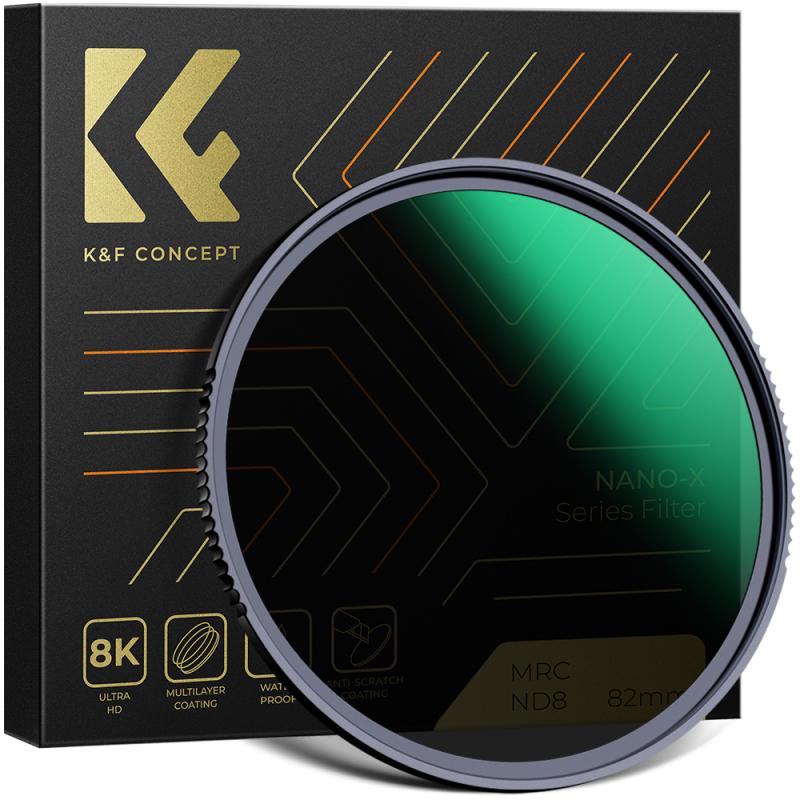
3、 Mastering exposure settings and metering with a rangefinder camera
Mastering exposure settings and metering with a rangefinder camera is essential to achieve accurate and well-exposed photographs. Here is a guide on how to use a rangefinder camera effectively:
1. Understand the Exposure Triangle: Familiarize yourself with the three elements that control exposure - aperture, shutter speed, and ISO. These settings work together to determine the amount of light that reaches the camera's sensor.
2. Set the Aperture: Rangefinder cameras typically have a manual aperture ring on the lens. Choose the desired aperture based on the depth of field you want to achieve. A wider aperture (lower f-stop number) will result in a shallower depth of field, while a narrower aperture (higher f-stop number) will increase the depth of field.
3. Adjust the Shutter Speed: Rangefinder cameras usually have a dial or knob to control the shutter speed. Select an appropriate shutter speed based on the lighting conditions and the effect you want to achieve. Faster shutter speeds freeze motion, while slower speeds create motion blur.
4. Set the ISO: Rangefinder cameras often have a dial or lever to adjust the ISO. Choose the ISO setting based on the available light. Higher ISO values are suitable for low-light situations but may introduce more noise in the image.
5. Metering: Rangefinder cameras typically have a built-in light meter or an external handheld meter. Use the meter to measure the light in the scene and adjust the exposure settings accordingly. Some rangefinder cameras have different metering modes, such as spot or center-weighted, allowing you to meter specific areas of the frame.
6. Practice Zone System: The Zone System is a technique that helps photographers determine the correct exposure for different tonal values in a scene. By understanding and applying this system, you can achieve accurate exposures and preserve details in both highlights and shadows.
7. Bracketing: When unsure about the correct exposure, consider bracketing your shots. Take multiple exposures at different settings to ensure you capture the scene correctly.
Remember, each rangefinder camera may have slight variations in controls and features, so it's crucial to consult the camera's manual for specific instructions. Additionally, with advancements in technology, some rangefinder cameras now offer electronic viewfinders and exposure aids, making exposure settings and metering more intuitive.
In conclusion, mastering exposure settings and metering with a rangefinder camera requires practice and understanding of the camera's controls. By experimenting with different settings and techniques, you can achieve accurate exposures and capture stunning photographs.
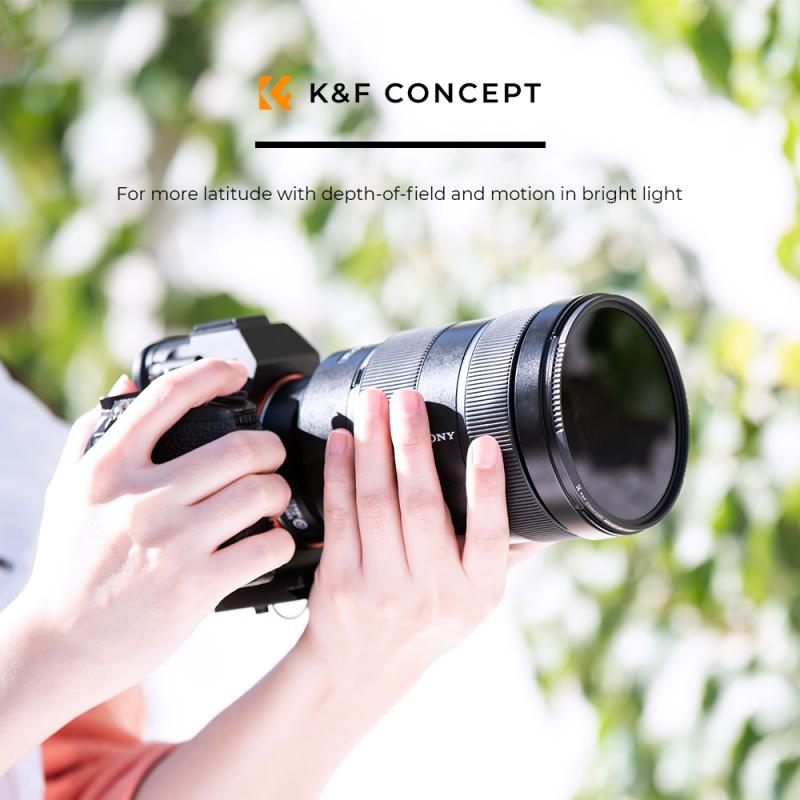
4、 Utilizing different lenses and focal lengths on a rangefinder camera
How to Use a Rangefinder Camera: Utilizing Different Lenses and Focal Lengths
Rangefinder cameras have been around for decades and are still popular among photography enthusiasts today. These cameras offer a unique shooting experience and produce high-quality images. To make the most of your rangefinder camera, it's important to understand how to utilize different lenses and focal lengths effectively.
Firstly, it's crucial to familiarize yourself with the lens mount system of your specific rangefinder camera model. Rangefinder cameras typically have interchangeable lenses, allowing you to experiment with various focal lengths. Different lenses offer different perspectives, so understanding their characteristics is essential. Wide-angle lenses, for example, are great for capturing expansive landscapes or architecture, while telephoto lenses are ideal for zooming in on distant subjects.
When using a rangefinder camera, it's important to remember that the viewfinder is separate from the lens. This means that the viewfinder does not show the exact framing of the image. To compensate for this, rangefinder cameras often have frame lines in the viewfinder that indicate the approximate composition for different focal lengths. These frame lines change as you attach different lenses, helping you visualize the final image.
Additionally, rangefinder cameras have a focusing mechanism that relies on a split-image rangefinder patch. This patch helps you achieve accurate focus by aligning two images until they merge into one. It's important to practice using this focusing system to ensure sharp images.
In recent years, rangefinder cameras have seen a resurgence in popularity due to their compact size and discreet nature. Many photographers appreciate the simplicity and manual control offered by these cameras, as it allows them to focus on the creative process rather than relying on advanced technology.
In conclusion, to make the most of your rangefinder camera, it's important to understand how to utilize different lenses and focal lengths effectively. Familiarize yourself with the lens mount system, experiment with various lenses, and practice using the focusing mechanism. Embrace the unique shooting experience that rangefinder cameras offer, and enjoy capturing stunning images with this classic photographic tool.




